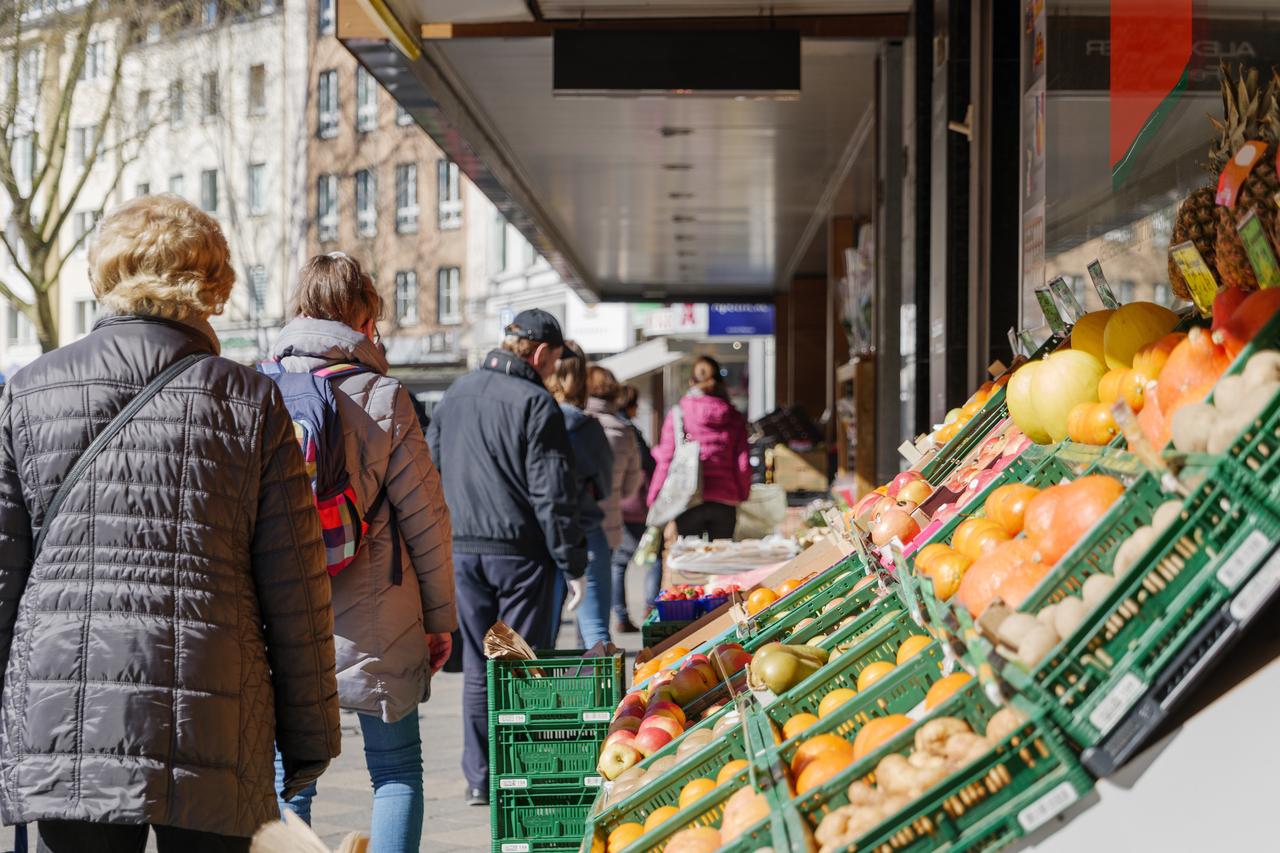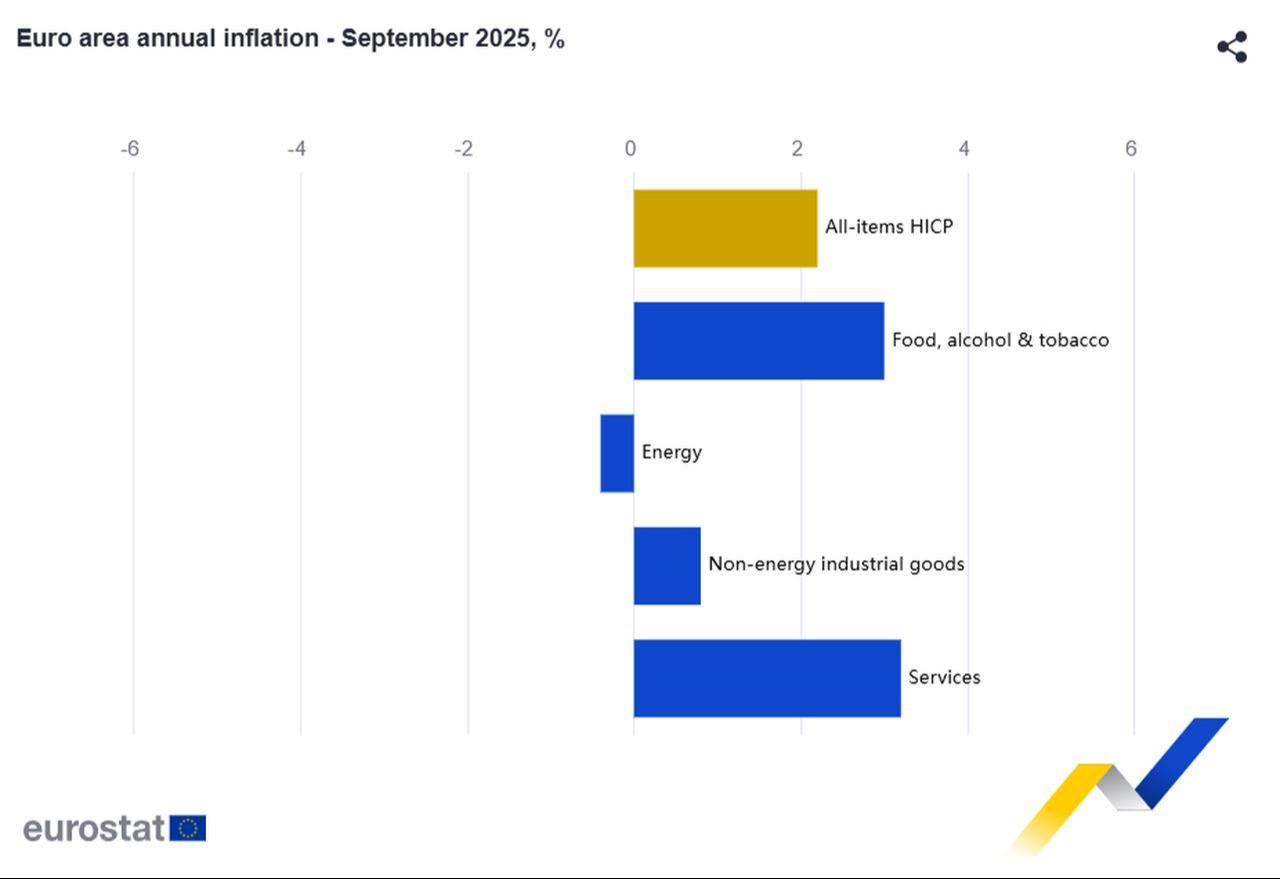
Annual consumer inflation in the eurozone climbed to 2.2% in September, up from 2% in August, according to preliminary data released Wednesday by Eurostat.
On a monthly basis, the consumer price index increased by 0.1%, unchanged from August.
The increase, largely influenced by energy prices, keeps inflation above the European Central Bank’s (ECB) 2% target and suggests that further interest rate cuts are unlikely this year.
The ECB last delivered a 25-basis-point rate cut in June, lowering all three of its key rates to 2.15%.
The eurozone, which consists of 20 European Union member states using the euro as their official currency, experienced mixed price pressures in September. Services remained the biggest upward driver, rising 3.2% year-over-year compared with 3.1% in August. Food, alcohol, and tobacco prices also increased by 3%, although at a slower pace than the 3.2% recorded in the previous month. Non-energy industrial goods rose by 0.8%.
By contrast, energy costs continued to decline, though at a slower rate. Prices fell by 0.4% annually in September, compared with a 2% drop in August. This moderation in the energy price decline contributed to the overall upward move in the headline inflation figure.
Core inflation, which excludes volatile items such as food and energy, remained stable at 2.3%.

Inflation rates varied widely among member states. Estonia recorded the highest annual rate at 5.2%, followed by Croatia and Slovakia at 4.6% and Latvia at 4.1%. At the other end of the spectrum, the Greek Cypriot Administration reported zero inflation, while France stood at 1.1% and both Greece and Italy registered 1.8%.
Germany, the eurozone’s largest economy, saw inflation rise to 2.4% in September, while France, the second-largest, recorded 1.1%.